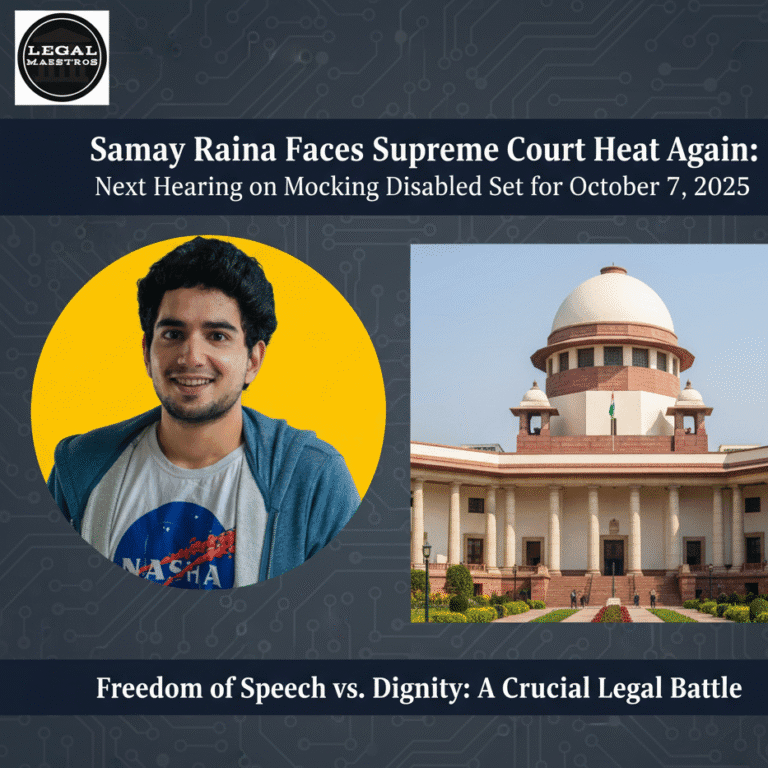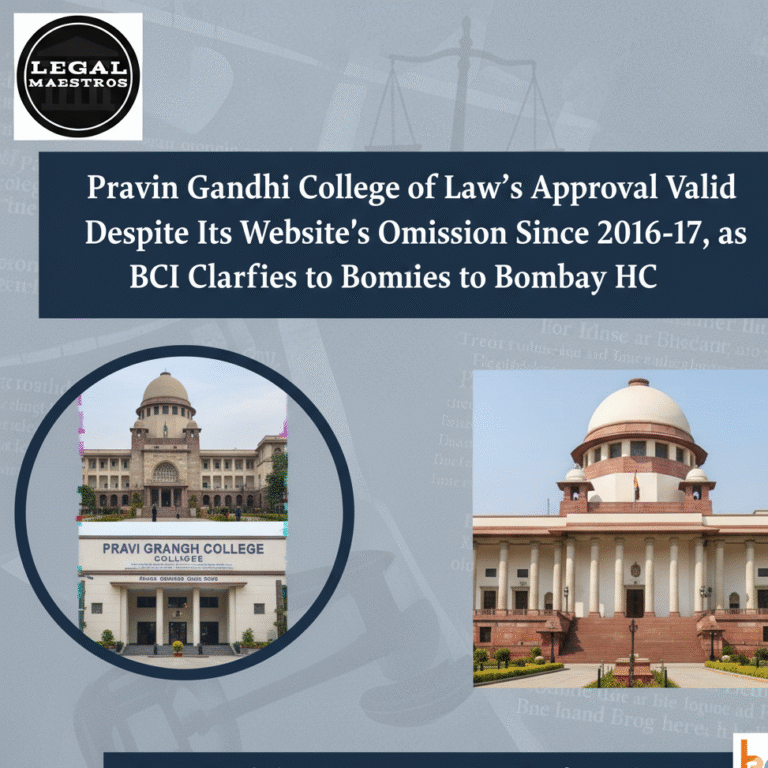
Section 38 of the Bharatiya Nyaya Sanhita, 2023: When the Right of Private Defence Extends to Causing Death
Twenty-three years ago, the Indian Penal Code was superseded with the Bharatiya Nyaya Sanhita (BNS), which was designed to modernize and streamline India’s criminal laws. When it comes to situations in which an individual’s right to private defense of the body extends to potentially inflicting death, Section 38 of the BNS handles these scenarios directly. Through the implementation of this clause, persons are guaranteed the ability to save themselves or others against grave dangers while still adhering to legal bounds.
The boundaries of Section 38
A person is permitted to cause death in self-defense under certain conditions that are considered to be extremely serious under Section 38. Among these possible scenarios are:
1. “Apprehension of Death” refers to the situation in which an assault produces a reasonable fear that death will be the consequence if you do not exercise your right to defend yourself.
2. “Apprehension of Grievous Hurt” refers to the situation in which an assault produces a reasonable fear of someone suffering severe bodily harm.
Assault with the goal to Commit Rape is the third type of assault, which occurs when an assault is committed with the goal of committing rape.
4. “Assault with Intent to Gratify Unnatural Lust” refers to the act of assaulting someone with the intention of satisfying those who have an unnatural desire for sexual activity.
5. “Assault with Intent to Kidnap or Abduct” refers to the act of striking someone with the goal of kidnapping or removing them from their place of residence.
The sixth type of assault is known as “assault with the intent to wrongfully confine,” and it occurs when an assault is committed with the goal of wrongfully detaining a person under circumstances that reasonably induce the fear of being unable to seek public authority authorization for release.
When there is an act of throwing or attempting to hurl acid, which causes a reasonable apprehension of grave damage, this is referred to as an acid attack.
The right to cause death in self-defense is subject to the constraints that are provided in Section 37 of the BNS. These restrictions ensure that the force that is employed is proportionate and necessary. It is vital to highlight that this right is applicable.
For More Updates & Regular Notes Join Our Whats App Group (https://chat.whatsapp.com/DkucckgAEJbCtXwXr2yIt0) and Telegram Group ( https://t.me/legalmaestroeducators )
Examples that illustrate the point
An individual is assaulted by a person who is armed with a knife and threatens to kill them. This is the first example. The individual, who is terrified for their own life, resorts to force, which ultimately leads to the death of the attacker. As a matter of self-defense, this action is permissible according to Section 38.
An someone makes an effort to kidnap a youngster from a park. This is the second example. During the subsequent conflict, the person who kidnapped the victim is killed by a bystander who intervened. As a result of the bystander’s activities, Section 38 is applicable because they were carried out with the intention of kidnapping.
Example 3: An assailant makes an attempt to dump acid atop another individual. The potential victim, in the course of protecting oneself, is responsible for the death of the assailant. For the reason that there is an immediate risk of suffering severe harm, this approach is permissible under Section 38. ([An Answer to Marriage Problems
Under some conditions, individuals have the legal right to protect themselves or others from grave threats, even to the degree of causing death, as outlined in Section 38 of the Bharatiya Nyaya Sanhita, 2023. This right is granted to individuals. However, this right is limited by the necessity and proportionality of the response, which ensures that the force employed in self-defense is proportionate to the threat that is being confronted.
For any queries or to publish an article or post on our platform, please email us at contact@legalmaestros.com.





